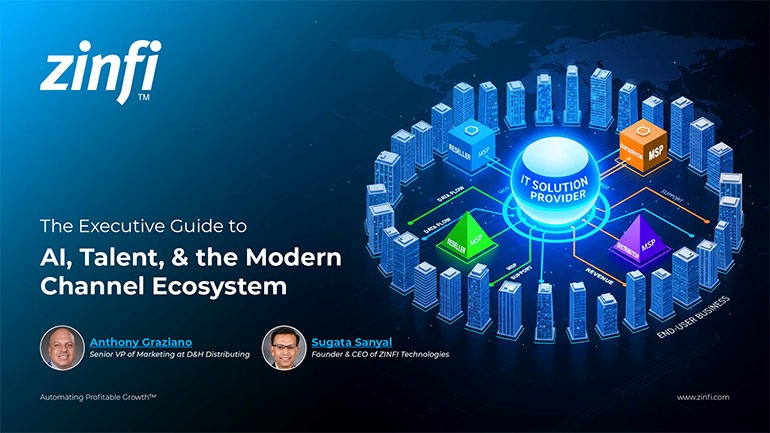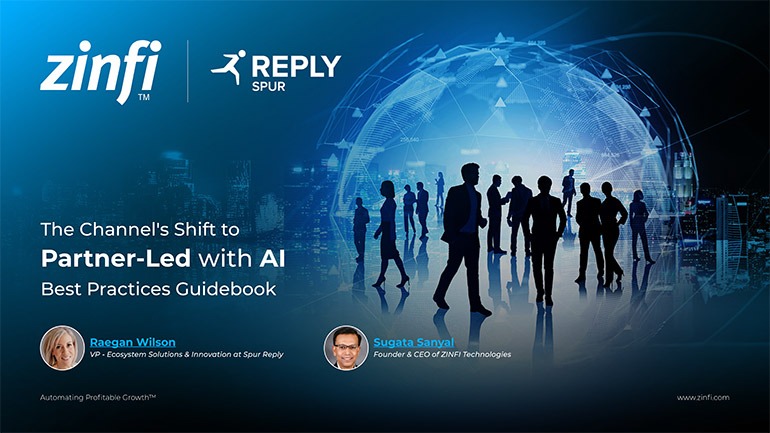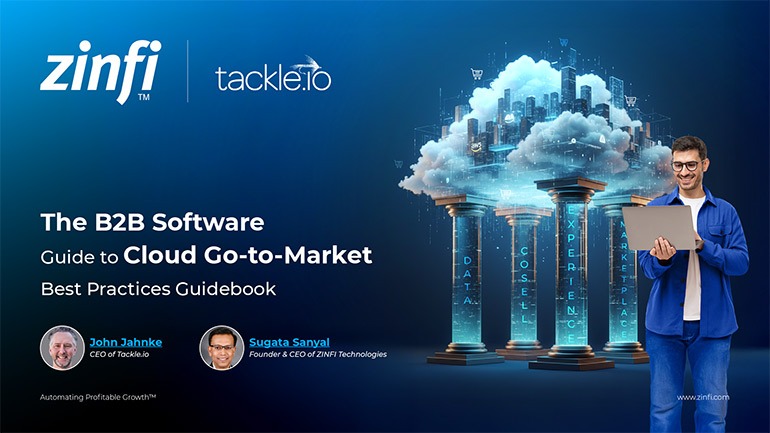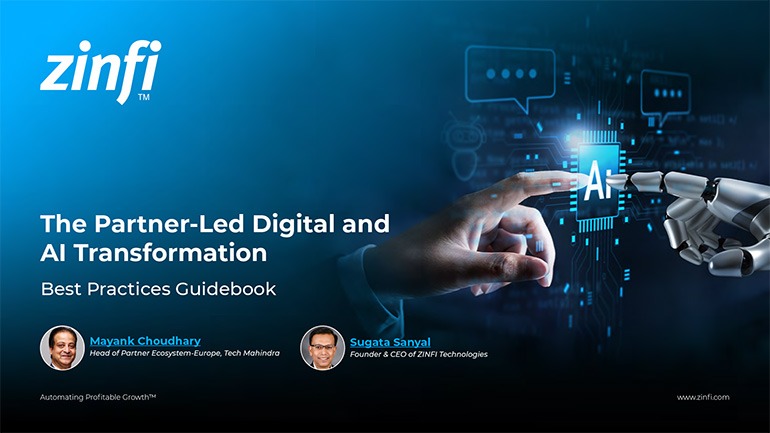Glossary - How to - Channel Partner Engagement Strategy
How to Build a Channel Partner Engagement Strategy?
Introduction
What Is a Channel Partner Engagement Strategy?
A channel partner engagement strategy is a structured plan designed to build, nurture, and sustain productive relationships between a vendor or OEM and its channel partners—resellers, VARs, distributors, MSPs, and system integrators. The goal is to improve partner participation, loyalty, and performance through meaningful, value-driven interactions. Engagement strategies typically include components like partner onboarding, training and certification programs, co-marketing initiatives, incentive structures, and ongoing communication efforts. In the highly competitive channel ecosystem, keeping partners aligned, motivated, and empowered drives revenue growth and maximizes indirect sales ROI.
Relevance to Partner Relationship Management (PRM)
A channel partner engagement strategy is at the heart of effective Partner Relationship Management (PRM). Modern PRM automation platforms, like those offered by ZINFI, enable vendors to digitize and streamline engagement processes at scale. From onboarding workflows to partner portals, lead management, campaign execution, and performance tracking, PRM tools support the entire partner lifecycle. This automation helps vendors to apply engagement tactics consistently, personalize experiences based on partner tiers or personas, and deliver just-in-time content and resources.
Key Takeaways:
- Define Your Channel Partner Personas: Segment partners by type (resellers, MSPs, system integrators), size, market focus, sales capabilities, and regional nuances. Detailed partner personas create personalized onboarding, marketing support, and incentive programs. ZINFI’s partner profiling and segmentation features help automate this, ensuring activities align with partners’ business models.
- Streamline Onboarding and Enablement: Provide structured onboarding with training modules, certifications, access to tools, and milestone rewards. ZINFI’s partner onboarding automation allows personalized learning journeys. Integrating LMS increases adoption and ensures partners are well-equipped to represent your brand.
- Deploy Targeted Incentive Programs: Design flexible, performance-based incentives: deal-based, tiered rewards, co-op/MDF funds, and gamification. ZINFI’s partner incentives management allows customization by region or KPIs, with transparent tracking and automated payouts.
- Enable Continuous Communication & Collaboration: Engagement grows through two-way communication. Implement newsletters, account managers, chat/ticketing, and feedback tools. ZINFI’s partner portal centralizes interactions, supports the co-creation of campaigns, and fosters strategic relationships.
- Track Performance and Adjust Strategy: Measure engagement: training, campaign participation, deal registrations, and revenue impact. ZINFI’s advanced analytics offer real-time dashboards to optimize strategies and recognize top performers.
Summary of Key Takeaways:
An effective channel partner engagement strategy includes understanding partner personas, delivering seamless onboarding, offering personalized incentives, maintaining open communication, and tracking performance. PRM platforms such as ZINFI enable scalable, data-driven engagement that boosts motivation, alignment, and mutual success.
Key Examples:
- Automotive Manufacturing: Channel engagement in this industry involves partners who handle sales, aftermarket services, and OEM relationships. Strategies must emphasize training on vehicle specs, digital sales tools, and rewards for service excellence. PRM tools help track partner performance in regional markets and provide real-time updates on new product lines.
- Consumer Electronics: Electronics vendors look for highly responsive partners to promote and support fast-evolving technologies. Engagement strategies include digital demo content, rapid training on product launches, co-branded marketing materials, and tier-based sales incentives. PRM systems automate launch campaigns and reward the fastest adopters.
- Energy Production: In this field, partners may include EPC contractors, consultants, or distributors of renewable tech. Engagement requires robust technical enablement, joint webinars, and transparent performance dashboards. Using PRM, companies can segment partners based on energy verticals, solar, wind, and storage, and personalize training.
- Financial Services: Engagement focuses on regulatory alignment, trust, and data sharing. Partners such as brokers and resellers require detailed knowledge of product portfolios and compliance. PRM platforms facilitate secure document sharing, audit trails, and localized marketing automation to ensure partners stay compliant and effective.
- Food and Beverage: Channel partners often include distributors and logistics providers. Engagement involves demand forecasting, co-op fund utilization, and joint trade promotions. Using PRM, vendors can align supply chain data with channel insights to drive joint planning and campaign execution.
- Healthcare Services: Compliance, training, and localized service delivery are crucial. Medical device and health IT vendors engage partners with certified onboarding programs, field sales tools, and clinical use-case libraries. PRM platforms ensure that sensitive training records and partner activities are fully documented and auditable.
- Information Technology: In IT, partners range from resellers to cloud service integrators. Engagement means enabling access to sandbox environments, partner deal registration tools, and co-selling playbooks. ZINFI’s modular PRM structure tailors vendor content and engagement based on partner type and tier.
- Pharmaceutical Development: Engagement must focus on strict regulatory adherence and education. Training certifications, clinical data libraries, and campaign compliance tracking are vital. PRM platforms offer secure, compliant channels for sharing clinical studies, managing brand assets, and tracking partner education progress.
- Retail Industry: Retailers often rely on partners for regional distribution and marketing. Partner engagement strategies should include localized campaigns, inventory visibility, and seasonal co-marketing efforts. With PRM automation, vendors can launch geo-targeted campaigns and track footfall data integrated from POS systems.
- Telecommunications: Channel partners manage large-scale infrastructure sales and services. Engagement strategies involve tiered incentives, field enablement tools, and quota-linked commissions. Using ZINFI’s PRM suite, telecom providers can streamline onboarding, track project milestones, and drive upsell initiatives across partner segments.
Conclusion:
Building a successful channel partner engagement strategy requires more than a good product—it demands an organized, data-driven approach to relationship management. From segmenting your partners and customizing onboarding to launching targeted incentives and maintaining ongoing communication, each step reinforces your brand’s value proposition.
The importance of PRM automation cannot be overstated. A modern PRM platform, such as ZINFI, empowers vendors to deliver seamless, scalable, and personalized partner experiences. It consolidates all engagement efforts in one system, allowing organizations to track, analyze, and optimize their strategy over time.
Moreover, industry-specific strategies ensure that engagement resonates with the real-world context of each partner. Whether you’re working in IT, healthcare, or automotive manufacturing, aligning your tactics with industry needs builds trust and increases partner effectiveness.
In today’s competitive market, your channel is one of your greatest assets. By crafting and executing a thoughtful channel partner engagement strategy and reinforcing it with PRM tools, you ensure that your partners stay informed, empowered, and motivated to grow with you.
Associated Keywords:
- Partner Engagement Best Practices
- Channel Partner Loyalty Programs
- PRM For Partner Engagement














